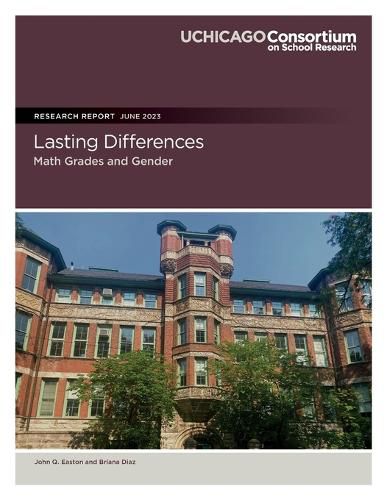Readings Newsletter
Become a Readings Member to make your shopping experience even easier.
Sign in or sign up for free!
You’re not far away from qualifying for FREE standard shipping within Australia
You’ve qualified for FREE standard shipping within Australia
The cart is loading…






Students' course grades matter. Research studies show that students' grades are more predictive than test scores of their future academic success, including high school and post-secondary outcomes. Yet nationally and within Chicago Public Schools (CPS), boys' grades are consistently lower than girls' grades. CPS leaders and educators want to meet their goal of "Bs or better" and strong educational outcomes for all students, and they are in conversation about how they're supporting boys.
This study aims to provide insights into this difference in boys' and girls' grades in Chicago by looking first at one grade level and one subject area-ninth-grade math (algebra and geometry)-using two school years of data, 2016-17 and 2017-18. Our findings are specific to math students in these years, and also suggest what may (and may not) be driving differences in other grades and subjects.
$9.00 standard shipping within Australia
FREE standard shipping within Australia for orders over $100.00
Express & International shipping calculated at checkout
Students' course grades matter. Research studies show that students' grades are more predictive than test scores of their future academic success, including high school and post-secondary outcomes. Yet nationally and within Chicago Public Schools (CPS), boys' grades are consistently lower than girls' grades. CPS leaders and educators want to meet their goal of "Bs or better" and strong educational outcomes for all students, and they are in conversation about how they're supporting boys.
This study aims to provide insights into this difference in boys' and girls' grades in Chicago by looking first at one grade level and one subject area-ninth-grade math (algebra and geometry)-using two school years of data, 2016-17 and 2017-18. Our findings are specific to math students in these years, and also suggest what may (and may not) be driving differences in other grades and subjects.